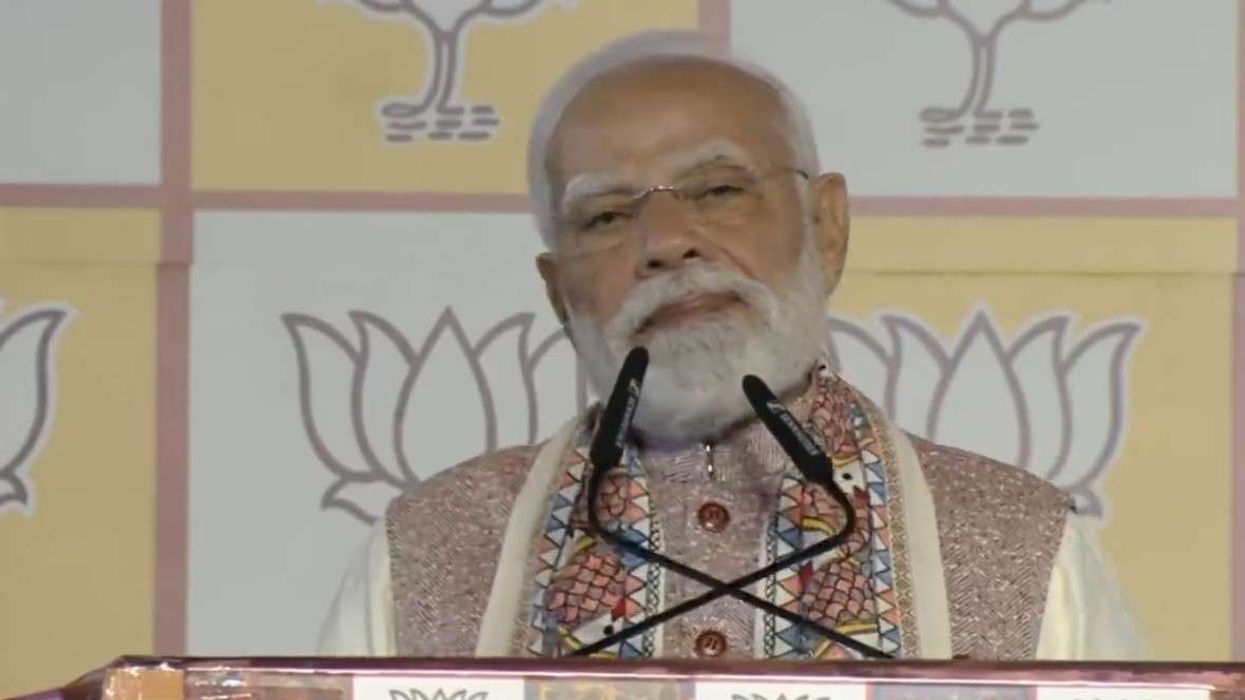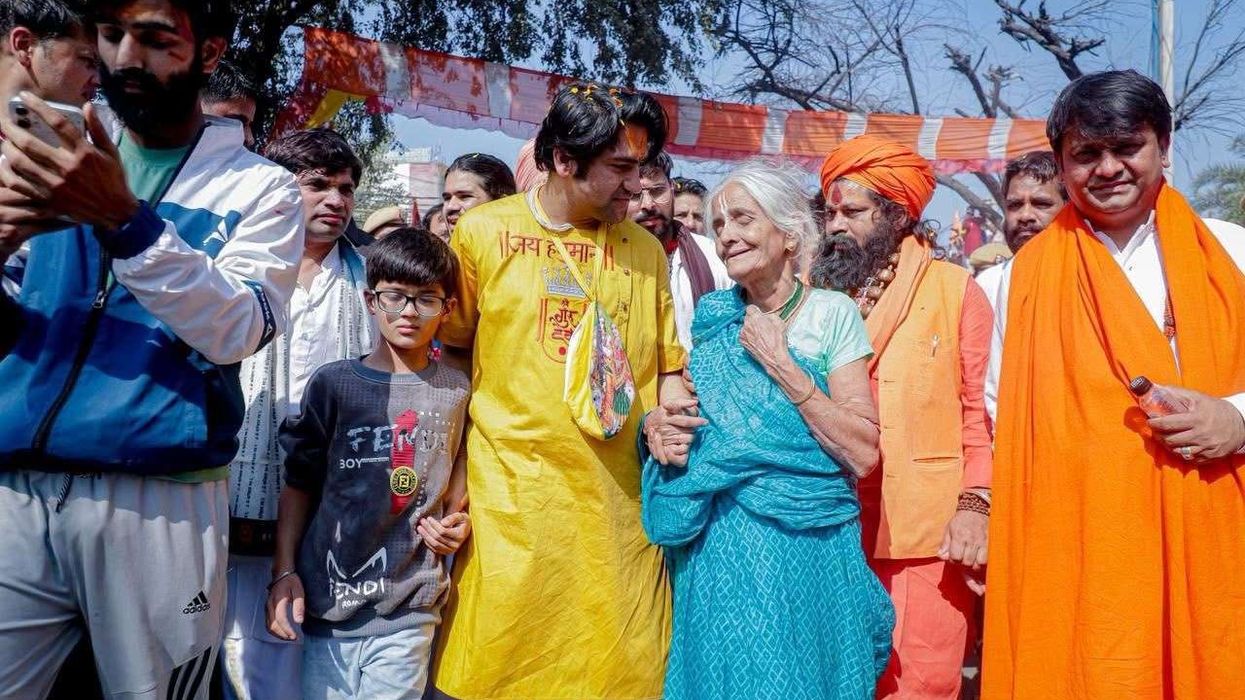Intake of popular commercial dietary supplements like nicotinamide riboside (NR), a form of vitamin B3, could actually increase the risk of serious diseases, including cancer, a new study has found.
The team of researchers discovered that high levels of NR could not only increase the risk of someone developing triple-negative breast cancer but also cause cancer to spread to the brain, the study said.
Triple-negative breast cancer is considered to be more aggressive when compared to other types of cancer as it grows quickly, is more likely to have spread by the time it is found and is more likely to come back after treatment.
"Once the cancer reaches the brain, the results could be deadly because no viable treatment options exist at this time," said Elena Goun, the lead author on the study which is published in the journal Biosensors and Bioelectronics.
"Some people take them (vitamins and supplements) because they automatically assume that vitamins and supplements only have positive health benefits, but very little is known about how they actually work," Goun said.
"Because of this lack of knowledge, we were inspired to study the basic questions surrounding how vitamins and supplements work in the body," Goun said.
Following the death of her 59-year-old father only three months after being diagnosed with colon cancer, Goun was moved by his passing to pursue a better scientific understanding of cancer metabolism, or the energy through which cancer spreads in the body.
Since NR is a known supplement for helping increase cellular energy levels, and cancer cells feed off of that energy with their increased metabolism, Goun wanted to investigate the role of NR in the development and spread of cancer.
"Our work is especially important given the wide commercial availability and a large number of ongoing human clinical trials where NR is used to mitigate the side effects of cancer therapy in patients," Goun said.
The researchers used this technology to compare and examine how much NR levels were present in cancer cells, T cells, and healthy tissues.
"While NR is already being widely used in people and is being investigated in so many ongoing clinical trials for additional applications, much of how NR works is a black box — it is not understood," Goun said.
"So that inspired us to come up with this novel imaging technique based on ultrasensitive bioluminescent imaging that allows quantification of NR levels in real-time in a non-invasive manner. The presence of NR is shown with light, and the brighter the light is, the more NR is present." Goun said the findings of the study emphasise the importance of having careful investigations of potential side effects for supplements like NR prior to their use in people who may have different types of health conditions.
In the future, Goun would like to provide information that could potentially lead to the development of certain inhibitors to help make cancer therapies like chemotherapy more effective in treating cancer.
The key to this approach, Goun said, is to look at it from a personalised medical standpoint. "Not all cancers are the same in every person, especially from the standpoint of metabolic signatures," Goun said. "Often times cancers can even change their metabolism before or after chemotherapy."













